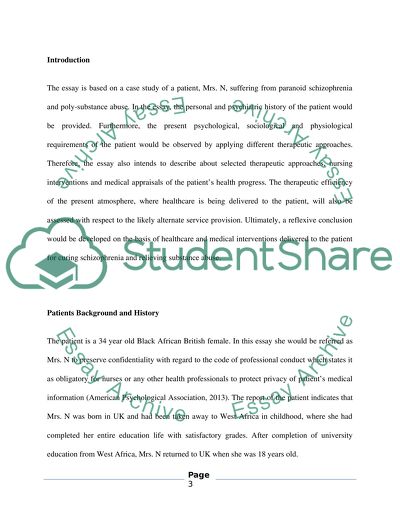Cite this document
(“Developing Autonomous Practice in Mental Health Nursing Essay - 1”, n.d.)
Retrieved from https://studentshare.org/nursing/1403484-developing-autonomous-practice-in-mental-health-nursing
Retrieved from https://studentshare.org/nursing/1403484-developing-autonomous-practice-in-mental-health-nursing
(Developing Autonomous Practice in Mental Health Nursing Essay - 1)
https://studentshare.org/nursing/1403484-developing-autonomous-practice-in-mental-health-nursing.
https://studentshare.org/nursing/1403484-developing-autonomous-practice-in-mental-health-nursing.
“Developing Autonomous Practice in Mental Health Nursing Essay - 1”, n.d. https://studentshare.org/nursing/1403484-developing-autonomous-practice-in-mental-health-nursing.


